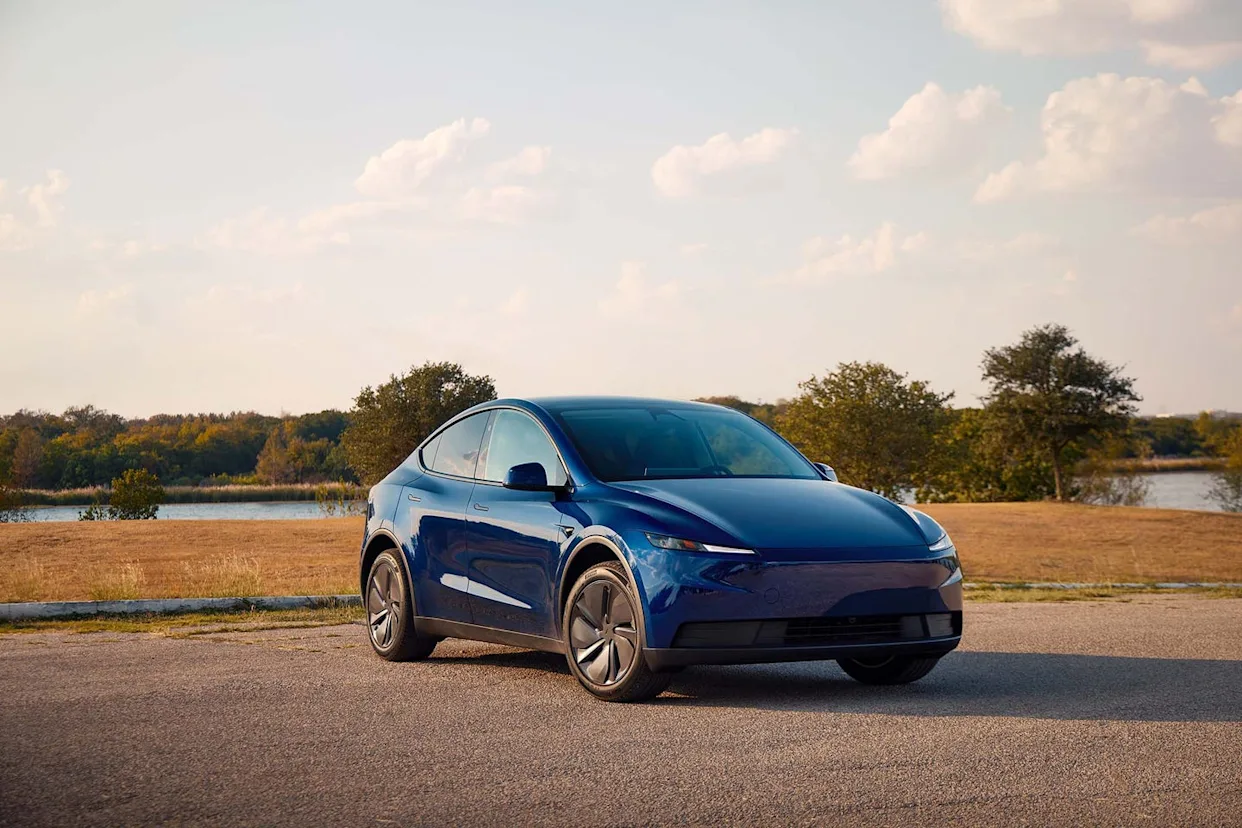Tesla’s New Strategy: Making Electric Cars More Accessible
Tesla has unveiled new, more affordable versions of its popular Model 3 and Model Y, marking a major shift in its pricing strategy as the company aims to attract a broader base of drivers. The decision comes at a time when the electric vehicle market is becoming increasingly competitive, with global automakers introducing low-cost alternatives to appeal to consumers hesitant about high EV prices. The new Standard versions of both vehicles are designed to maintain Tesla’s signature innovation, safety, and sleek design, while offering simplified configurations that bring down the overall cost. These streamlined models will likely appeal to those looking to transition from traditional gasoline-powered cars to electric ones without the financial strain that premium trims often bring. The update also reinforces Tesla’s commitment to scaling production efficiently at its Gigafactories, which continue to be central to its long-term sustainability goals. For a full overview of current EV offerings, drivers can explore listings on Tesla’s official website.
Performance and Design Simplified for Everyday Drivers
While the new Model 3 and Model Y Standard versions prioritize affordability, they retain Tesla’s fundamental performance DNA. Both cars come equipped with electric drivetrains that deliver instant torque and quiet operation, while software-based updates ensure owners receive continual improvements over time. Tesla has reduced certain premium features—such as additional touchscreens and advanced audio systems—but has kept the essence of what defines the brand: minimalist design, aerodynamic efficiency, and cutting-edge battery management systems. The new interiors highlight sustainable materials and simplified layouts, aligning with Tesla’s philosophy of function-driven design. This approach not only lowers manufacturing costs but also reduces complexity in the production process. For drivers who value a combination of performance and sustainability, Tesla’s configurator at Tesla model3 and Tesla model y allows customization while maintaining energy efficiency at the forefront.
The Broader Impact on the Electric Vehicle Market
Tesla’s decision to release lower-priced models will likely accelerate the global adoption of EVs. As governments across North America, Europe, and Asia continue to strengthen incentives for sustainable mobility, affordable electric cars play a key role in achieving emission-reduction targets. By expanding its lineup, Tesla also aims to prevent a slowdown in demand caused by the expiration of various tax credits and subsidies. Analysts believe this move could help balance supply and demand in Tesla’s U.S. factories, while also preparing for new international launches in 2025. Furthermore, these new models may act as a bridge to Tesla’s next-generation platform—rumored to support even more efficient manufacturing processes and new battery chemistries designed to reduce environmental impact. Consumers interested in understanding how EVs contribute to climate goals can visit the U.S. Department of Energy’s Alternative Fuels Data Center, which outlines the environmental benefits of electric transportation. As Tesla continues to lead the market in software integration, over-the-air upgrades, and vehicle autonomy, its approach to accessible pricing could redefine how electric vehicles are perceived by the global consumer market.







